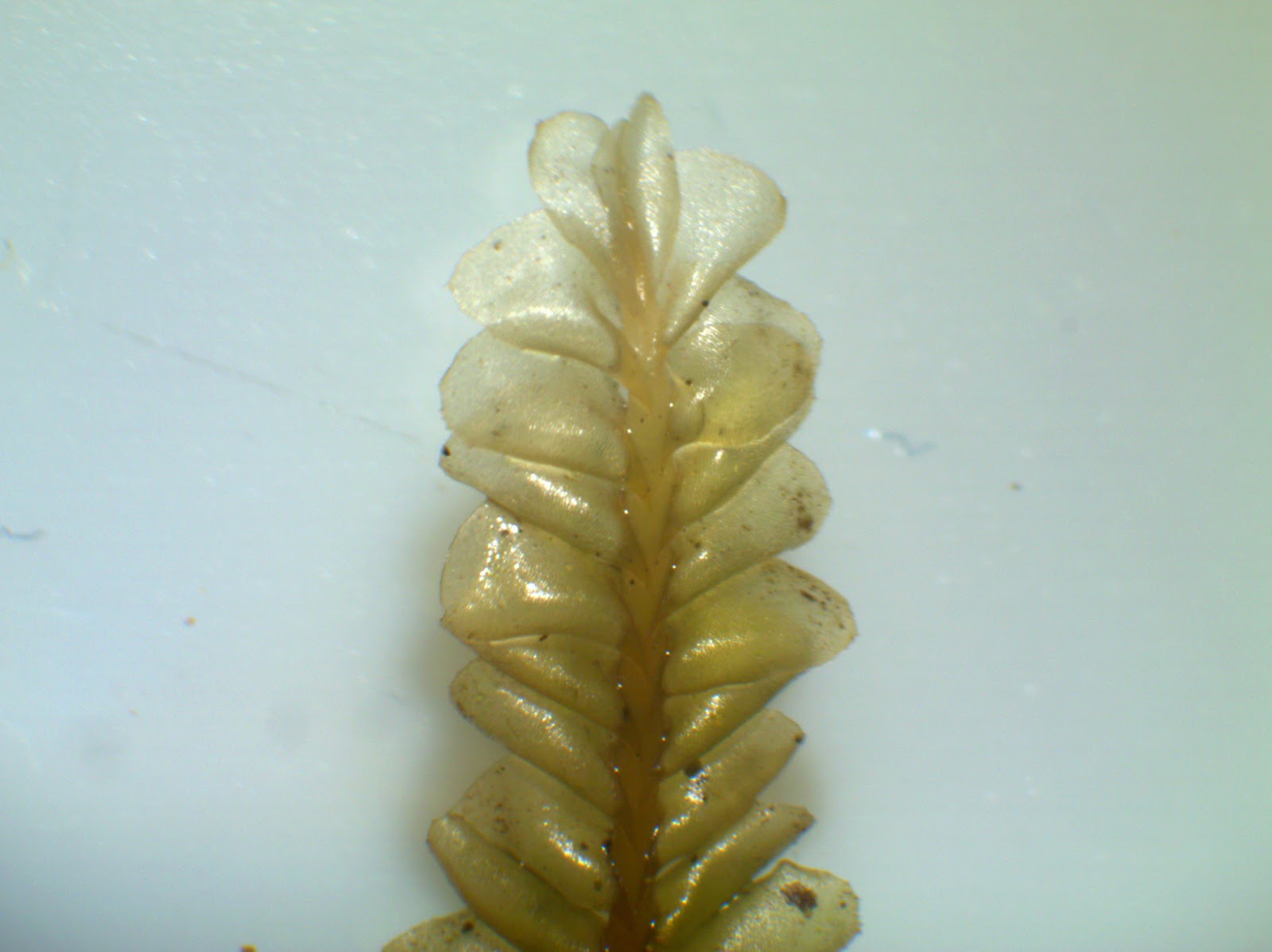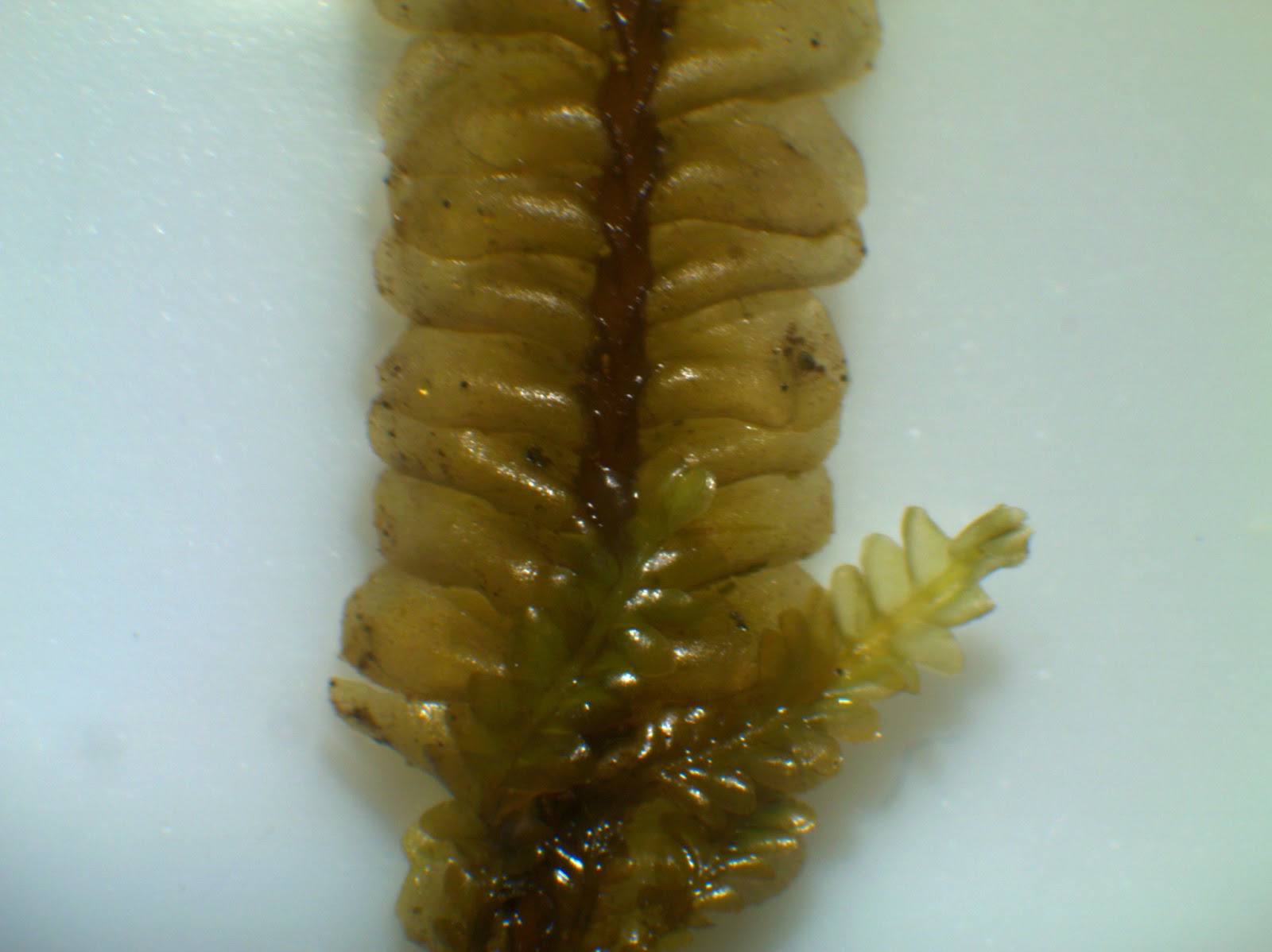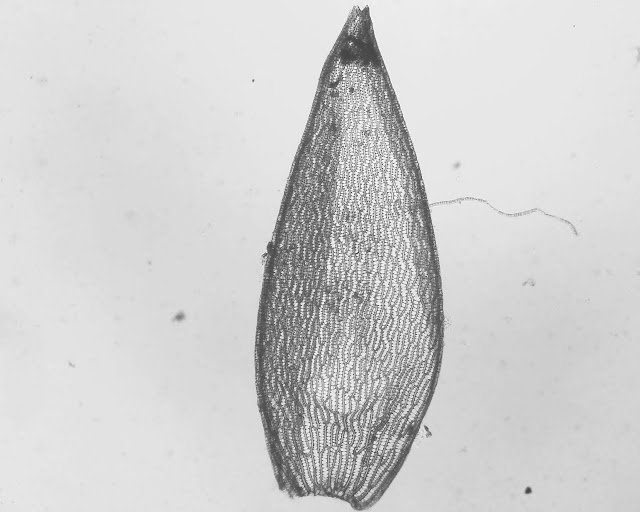It has been a long time since I last grew ferns from spores, so I thought I would try to capture the process here, along with some tips and observations about how it works and some advice for others who would like to give it a try,
The first step is obviously to obtain some fern spores. You can do this directly from plants when the spores are being released, but one of the many benefits of being a member of the British Pteridological Society is that they operate a spore exchange scheme. So I'm beginning this time armed with some spores I received earlier in the year. Ideally, one would start a little earlier in the year, but being a teacher it's only now that study leave has begun that I've found some time.
The big difficulty with growing ferns from spores is that they need to be kept permanently warm and wet: that's an environment where many other things thrive, especially mould. To counteract that, the sowing medium needs to be sterilised.
In my previous attempts to grow ferns from spores, I've done so with compost, but this time I've decided to try out a different growing medium. I started by making a mixture of 1:1:1 coconut coir, vermiculite and perlite.
The vermiculite I've used here should properly be called
exfoliated vermiculite, as it is produced by heating vermiculite clay so that it has changed its structure and expanded. It promotes good root growth and allows the passage of air into the growing medium.
Perlite is also a processed rock substance, in this case a volcanic glass with a relatively high water content, which is heated so that it expands. Non-toxic and large-grained it works in a similar way to perlite.
I prepared my mixture outside as vermiculite and perlite both contain silica and it's best to avoid silica dusts. I aimed to make 3L of mixture and added about 1.5 L of hot water from the tap to enable the coir to expand. I then packed the mixture into twenty 3" pots as I have 10 species to sow and want to do two pots per species.

I cut circles of kitchen paper to fit on the top. This protects the mixture (to an extent) in the next step and provides a layer that can be removed when sowing ensuring a fresh surface.
I next set about sterilising the growing medium using boiling water. Complete sterilisation and sterile techniques are not needed (it's not bacterial culture on agar) but pouring boiling water through the pots will sterilise the top 1-2 cm, which will be enough to let the ferns get established. I sterilised them in batches of five, monitoring the temperature of the water that passed right through. With a 1.7 L kettle of boiling water, the temperature at the bottom of the pots was 70 deg C.
As far as possible, it's best to pour slowly so that you don't end up with too much disturbance of the surface. Some indent into the surface is inevitable from the impulse of the falling water, but if enough water is added, the top layer often lifts and floats, re-levelling itself. The pot top left is the best one here, while the one bottom right has been less successful (but will still be ok).
Already, I'm liking the growing medium better than the compost: when boiling water is passed through compost it can be quite smelly - with strong earthy odours, whereas the smell from this is almost non-existent. Earthy smells (sometimes referred to as petrichor) are caused by two main chemicals - geosmin
and 2-methylisoborneol
However, I digress, as at this point it's important to act quickly before too many mould spores fall out of the air. I used plastic food bags to cover the pots. Scalding is a real risk at this point - watch out for drips! Some people recommend using ceramic rather than plastic pots as plastic doesn't cope well with heat. However, providing reasonably sturdy pots are chosen (these are Stewart premium pots from my local garden centre) then they don't deform in this process. There is a slight plastic aroma and it's likely that the hot water heats the plastic enough for it to lose some of its plasticiser, so it's best to work in a well ventilated space and I wouldn't recommend growing food crops by this method as there is a risk of leaching into the growing medium).
I then secured the bags with rubber bands below the rims of the pots, cutting off the excess and sealing the remainder of the bag with a kitchen clip.
The pots are now ready for sowing, but need to cool completely, so sowing the spores will be a job for tomorrow. I've stood mine in narrow trays as they will need to sit on a north-facing window sill.




































